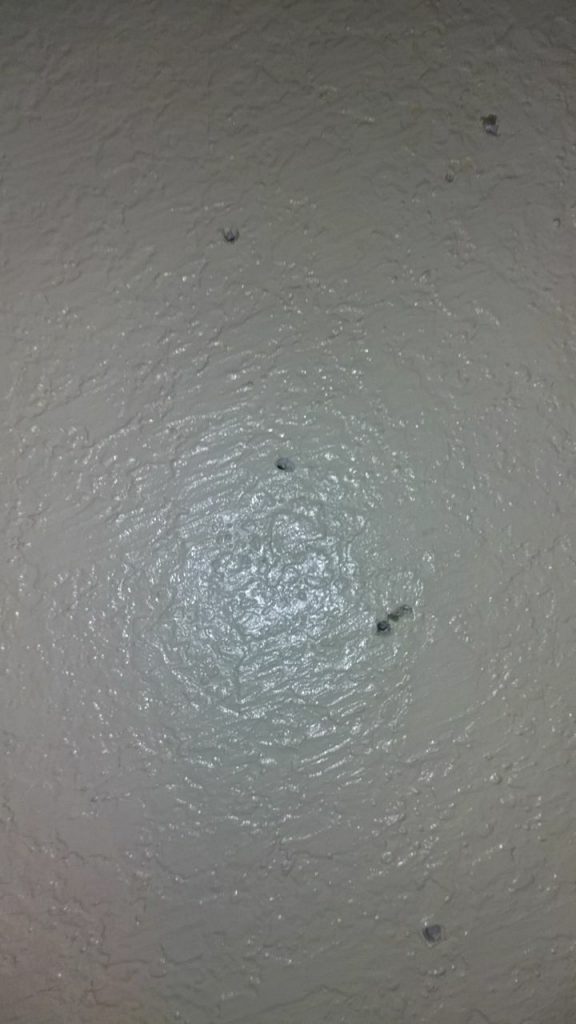Termites are a common household pest that can cause significant damage to your home if left unchecked. While most homeowners are familiar with the signs of termite infestation, such as hollow wood and frass, one common sign that is often overlooked is pin holes in drywall. In this article, we will discuss why termites are likely the cause of the pin holes and how to prevent them.
What are Termites?

Termites are small, insect-like creatures that live in colonies and feed on wood and other plant materials. They are found in all parts of the world. Termites are a major pest problem for homeowners, as they cause extensive damage to wood and other materials in buildings. They can also cause significant damage to landscaping, decks, and patios. Termites can be difficult to detect, as they typically live in the soil and travel through small, undetectable tunnels in search of food. Pinholes in drywall may indicate the presence of termites, as they can cause small holes in the material.
What Causes Pinholes in Drywall?
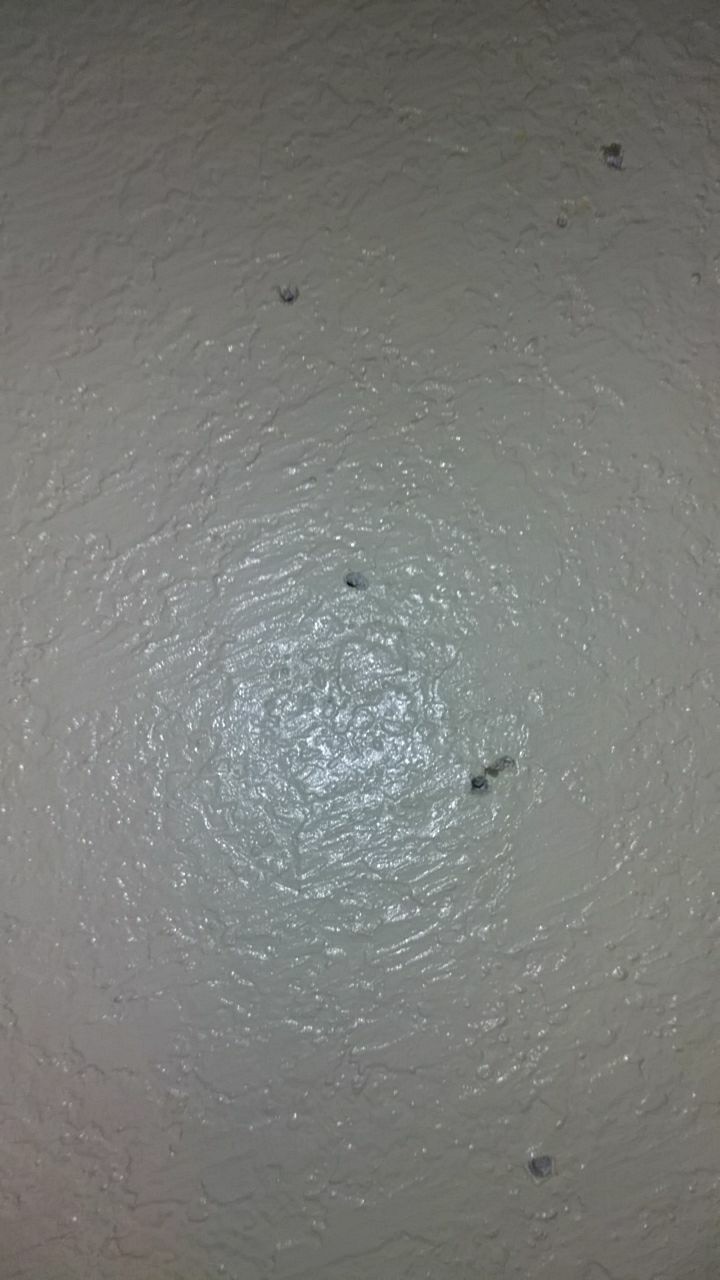
Pinholes in drywall can be caused by several factors, but the most common culprit is termites. Termites are tiny insects that feed on cellulose-based materials such as wood, paper, and drywall. When they feed on drywall, they can leave behind pinholes.
Other possible causes of pinholes in drywall include:
| Cause | Description |
|---|---|
| Moisture | Moisture can cause drywall to swell and shrink, which can result in pinholes. |
| Improper Installation | If the drywall was not properly installed, such as not being screwed in securely, pinholes can occur. |
| Heat | Excessive heat can cause drywall to expand, resulting in pinholes. |
| Age | As drywall ages, it can become brittle and start to crack, resulting in pinholes. |
No matter what the cause, pinholes in drywall can be unsightly and can lead to further damage if not addressed. If you suspect termites are the cause, it is important to contact a professional to inspect and treat the infestation as soon as possible.
Signs of Termites
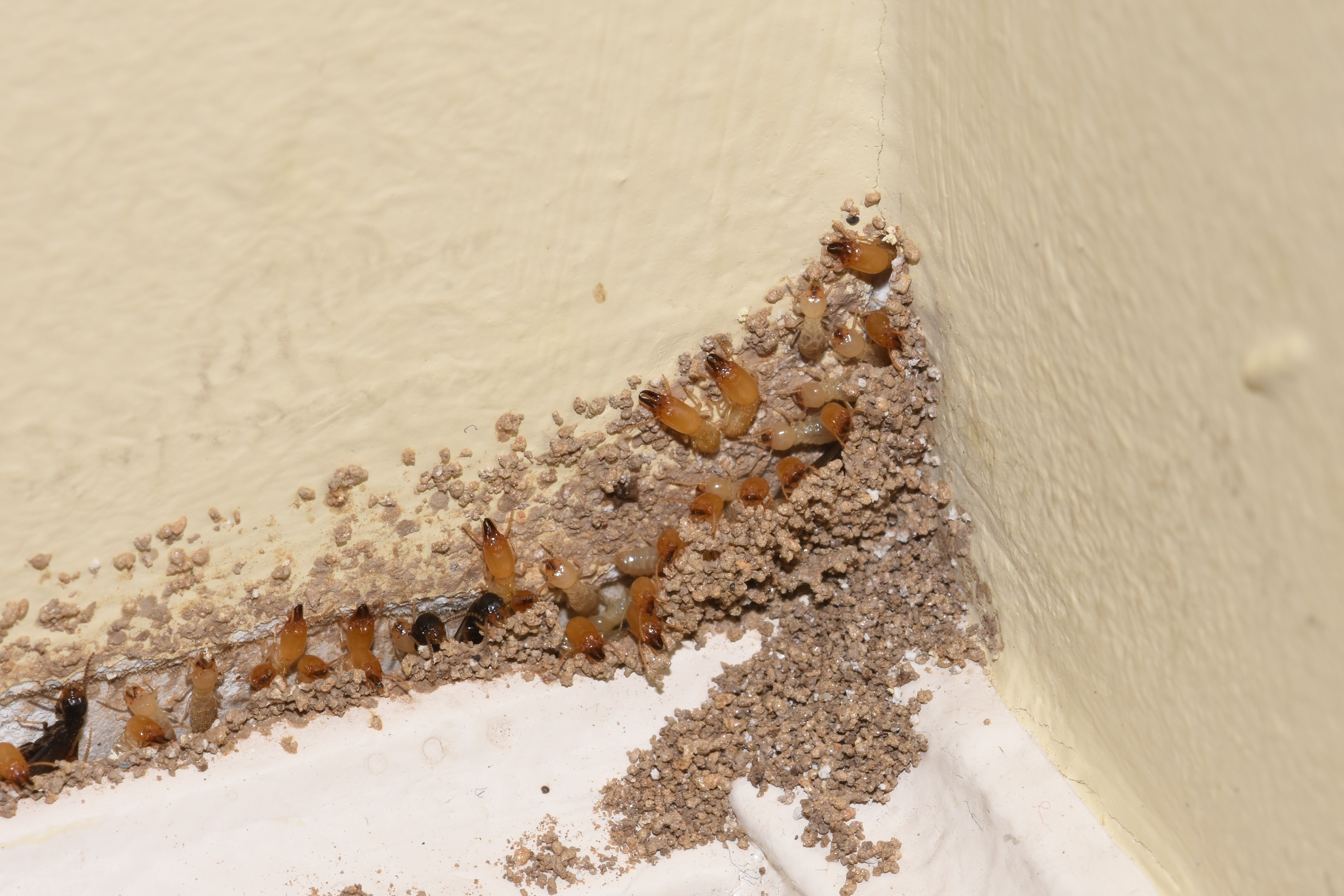
| Sign | Description |
|---|---|
| Discarded wings | Termites will discard their wings after being swarmed. |
| Mud tubes | Tubular trails made from mud and saliva used by termites to travel from their nest to their food source. |
| Damaged wood | Termites eat through wood, leaving behind hollowed out galleries and cracked, brittle wood. |
| Pin Holes in Drywall | Small, round holes in drywall caused by termites as they eat through the material. |
Treatment for Termites
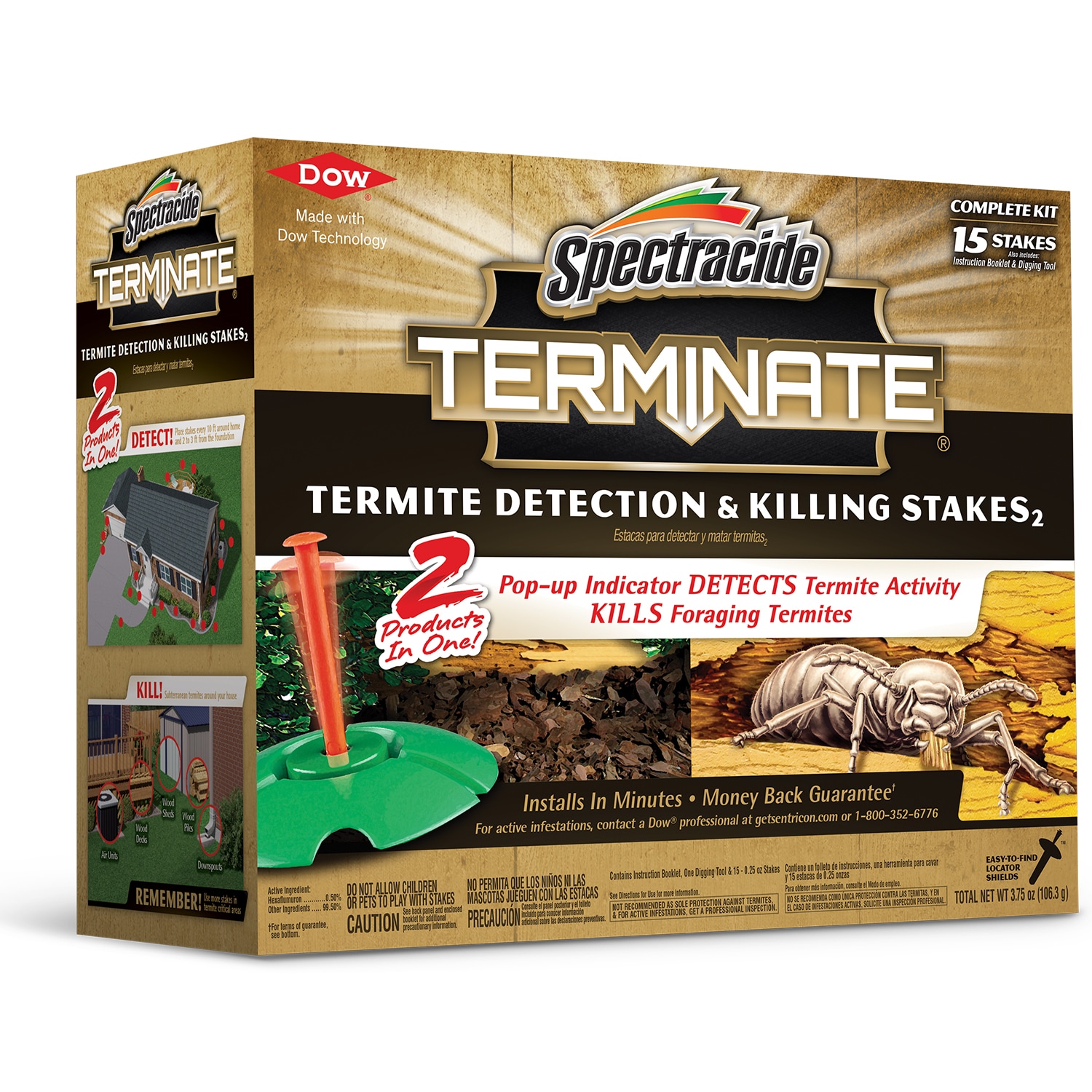
| Treatment Method | Advantages | Disadvantages |
|---|---|---|
| Chemical Treatment | – Easy to use and highly effective – Quickly kills termites and their colonies |
– Pesticide residue can be hazardous to humans and pets – May require multiple applications to achieve desired results |
| Baiting System | – Low risk of human and pet exposure to pesticides – Can provide long-term protection against future infestations |
– Can be expensive to install – Can be ineffective in certain climates |
| Heat Treatment | – No need for chemicals or bait – Quick and effective way to eradicate termites |
– Can be expensive to install – Not suitable for large areas |
When treating termites in your home, there are several options available. Chemical treatment involves the use of pesticides to kill the termites. This method is easy to use and highly effective, but can leave a hazardous pesticide residue. A baiting system can provide long-term protection against future infestations but can be expensive to install and not always effective in certain climates. Heat treatment is a more expensive option, but is a quick and effective way to eradicate termites without the need for chemicals or bait. However, this method is not suitable for large areas.
Prevention of Termites

| Action | Rationale |
|---|---|
| Inspect your home regularly | This will help you identify a potential termite presence early on. |
| Eliminate all sources of moisture | Termites are attracted to moisture, so eliminating it will reduce their presence. |
| Remove any wood debris around the home | Wood debris is an easy food source for termites, so removing it will discourage them. |
| Repair any existing wood damage | Damaged wood is an easy access point for termites, so getting it fixed will help prevent them. |
| Install physical barriers around the home | Physical barriers like soil or concrete can help to keep termites away from the home. |
| Use chemical treatments | Chemical treatments can help to kill off existing termite colonies and prevent new ones from forming. |
DIY Ways to Get Rid of Termites
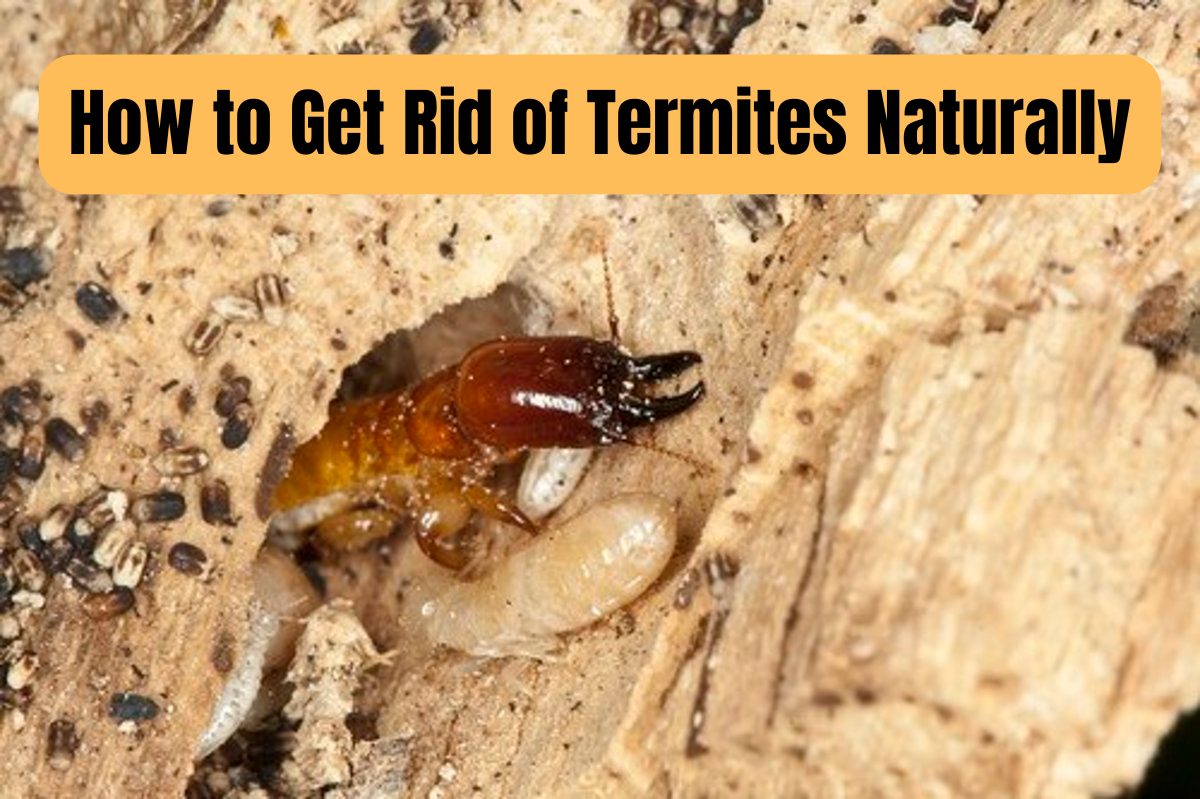
One of the most effective ways to get rid of termites is to use chemical treatments. Homeowners have the option of using a chemical barrier treatment or a spot treatment. Chemical barriers can be applied to the perimeter of the home and will provide protection for up to 5 years. Spot treatments are applied directly to areas where the termites are active.
Another DIY way to get rid of termites is to use baits. Baits are placed near the nest or areas where the termites are active. The bait contains an insecticide that will be spread amongst the termite colonies.
Another option is to physically remove the termites. This requires a thorough inspection of the home to locate all areas where the termites are active. A vacuum cleaner can be used to vacuum up the termites. After vacuuming, the area should be treated with insecticides.
Finally, the homeowner can use heat or cold treatments to get rid of the termites. Heat treatments require the home to be heated to at least 120 degrees Fahrenheit. On the other hand, cold treatments require the home to be cooled to at least 15 degrees Fahrenheit.
It is important to remember that it is best to contact a pest control professional if the DIY methods are not successful. Pest control professionals have access to more powerful treatments that can get rid of the termites for good.
Professional Termite Control
Termites can cause serious damage to homes and businesses if left unchecked. To keep your property safe from termites, it is important to hire a professional termite control company. Professional termite control services can help detect, treat and prevent termite infestations. These services include inspection, treatment and prevention of termites. During an inspection, a licensed pest control technician will examine the property for signs of termite infestation. If an infestation is found, the technician will recommend a treatment plan. Treatment plans can include baiting, spraying and other methods to get rid of the termites. Prevention measures are also important in preventing future infestations. These measures can include soil treatments, foundation treatments and other methods to stop termites from entering the structure. Professional termite control services can help keep your home or business safe from termites.
Cost of Termite Treatment
The cost of termite treatment depends on the size of the infestation, the type of termite and the type of treatment used. Treating an existing infestation can range from a few hundred dollars to several thousand.
| Treatment Type | Cost |
|---|---|
| Liquid Barrier Treatment | $300 – $1000 |
| Baiting System | $500 – $2000 |
| Fumigation | $1000 – $10000 |
The cost of termite treatments may also include the cost of repairs to any damaged wood in the home, as well as any other necessary treatments such as vapor barriers or other preventative measures. Treatment costs may also vary depending on the type of termite, as some treatments may be more effective for certain species than others.
Frequently Asked Questions
What do Termite Holes in Drywall Look Like?
Termite holes in drywall are typically small, pin-sized holes with a sawdust-like material around them. They may also appear in a line, like a path, or form a pattern of holes. In addition, the edges of the hole may appear smooth, unlike the rough edges of a hole caused by another type of pest.
How can I tell if I have termites holes in my walls?
Termite holes will generally have a ragged and uneven appearance, as opposed to the clean, round holes that can be caused by other pests. If you suspect termites, you may also detect a faint, mud-like substance along the edges of the holes, which is a sign of termites’ tunneling and travel. Additionally, if you look closely, you may find tiny white insects with brown heads. These are termites.
If you have any doubts about whether or not you have termites, it is always best to contact a professional pest control company to inspect and confirm.
What are signs that termites have made holes in the ground?
Termites create holes in the ground in order to access sources of food and shelter. Common signs of termite activity include mud tubes or shelter tubes on the walls, wood damage, and flying swarms. In addition to these, other signs may include wood shavings on the ground and small holes in the soil.
Is it possible to kick out termites from holes in my walls?
No, it is not possible to kick out termites from holes in your walls. The best way to eliminate termites is to use a professional pest control service. Chemical treatments, such as fumigation, are the most effective way to get rid of termites in the home. If you think you may have a termite problem, it is important to contact a professional pest control company to inspect your home and recommend an appropriate treatment plan.
What are some small holes in the wall that could indicate termites?
Small holes in walls and other wooden surfaces can indicate termite infestations. These holes, which can range from the size of a pinhead to the size of a dime, are created by termites as they tunnel through the wood. Other signs of termite activity include visible mud tunnels, wood that sounds hollow when tapped, and swarms of winged termites. If any of these signs are present, it is important to contact a pest control specialist for advice.
Conclusion
The presence of pin holes in drywall can have multiple causes, but one of the most concerning is the presence of termites. If you notice pin holes, it’s best to inspect the area further and, if necessary, contact a professional pest control company to identify the exact cause and provide a solution.

